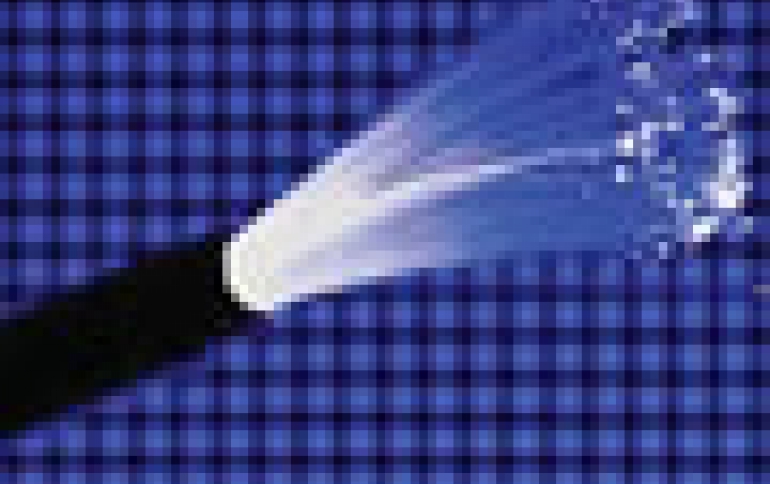
IEEE To Explore 100 Gbps Optical Ethernet
IEEE has approved the initiation of a new study group to explore next generation 100 Gb/s optical solutions for Ethernet operation.
The study group will investigate a new amendment to the IEEE 802.3 Ethernet standard with a goal to enhance the 100 Gb/s Ethernet physical layer (PHY) capabilities defined in IEEE 802.3ba-2010. The study group will investigate 100Gb/s operation over a narrower and faster interface to enable the development and delivery of lower-cost, higher-density 100Gb/s solutions.
"The history of optical Ethernet standards has shown that as technology advances, the ability to reduce the number of data channels and thereby the cost, density, and power required to achieve a given speed will lead to greater market adoption. We believe that its time to move from a 10x10G interface to a 4x25G interface to achieve the advances the market needs to take 100G Ethernet to the next level," says Dan Dove, Chairman of the IEEE 802.3 Next Generation 100 Gb/s Optical Ethernet study group and Senior Director of Technology at Applied Micro.
The study group will be focused on three primary areas of interest. These areas include a 4x25G multi-mode fiber interface, a 4x25G electrical interface between module and system ICs, and a possible 4x25G single-mode fiber interface focused on reducing cost for longer reaches within data centers and campus backbones.
"100G technology is preparing to become a major switch uplink and eventual server connection standard. As 10G server connections achieve broad adoption and surpass 1G server connections over the next three years, we anticipate more rapid adoption of 40G and then 100G uplinks," said Kimball Brown, VP Sr Datacom Analyst, Lightcounting, LLC. "To achieve the kind of market success LightCounting expects for 100G, cost must come down to a level that drives users to upgrade from 40G to 100G uplinks. Further, 100G transceivers must be able to fit into the then familiar QSFP+ form factor (at least for short and long wavelength media types) that users will be comfortable with. LightCounting is happy to see that these benefits will be enabled by the Next Generation 100G study group, making its formation essential."
"The history of optical Ethernet standards has shown that as technology advances, the ability to reduce the number of data channels and thereby the cost, density, and power required to achieve a given speed will lead to greater market adoption. We believe that its time to move from a 10x10G interface to a 4x25G interface to achieve the advances the market needs to take 100G Ethernet to the next level," says Dan Dove, Chairman of the IEEE 802.3 Next Generation 100 Gb/s Optical Ethernet study group and Senior Director of Technology at Applied Micro.
The study group will be focused on three primary areas of interest. These areas include a 4x25G multi-mode fiber interface, a 4x25G electrical interface between module and system ICs, and a possible 4x25G single-mode fiber interface focused on reducing cost for longer reaches within data centers and campus backbones.
"100G technology is preparing to become a major switch uplink and eventual server connection standard. As 10G server connections achieve broad adoption and surpass 1G server connections over the next three years, we anticipate more rapid adoption of 40G and then 100G uplinks," said Kimball Brown, VP Sr Datacom Analyst, Lightcounting, LLC. "To achieve the kind of market success LightCounting expects for 100G, cost must come down to a level that drives users to upgrade from 40G to 100G uplinks. Further, 100G transceivers must be able to fit into the then familiar QSFP+ form factor (at least for short and long wavelength media types) that users will be comfortable with. LightCounting is happy to see that these benefits will be enabled by the Next Generation 100G study group, making its formation essential."




















